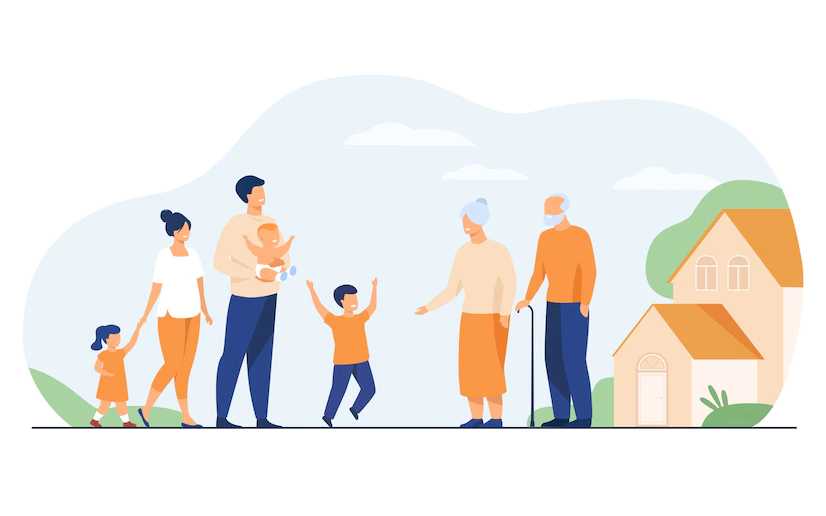The separation of parents brings in real problems in the life of a child.
Children get the best upbringing when they get the time with both their parents. But separation really makes things worse for the little kids.
The crack line in the relationship turns such a crater that the couple ends up reaching court to get justice and authority over the child.
- Are you having a similar problem?
- Do you intend to seek visitation rights?
You need to follow certain guidelines and procedures to lawfully get your Child visitation rights. Yes, we understand you and discuss things with you so that it gives you hope and strength. Please read it… it’s for you.
What Exactly Is Visitation Right?
When the parents work out spending time with their child separately, it is called visitation rights. If you are a legal parent of the child, you must have the rights of the child. Your rights are safeguarded by state laws.

Unlike custody rights, which are solely decided upon by the court, visitation rights are the ones that are decided by the court but in consultation with both parents. What you need here is the service of a qualified Attorney that can help you with Child visitation.
How To Get Visitation Rights?
Now a question might crop up:
- How to secure your child’s visitation rights?
The first and foremost thing that you need to do without delay is hired a legal expert. They act on your behalf so that you are able to secure your emotional connection with your kid. Now let’s see the other things that come under the subject.
1. Communicating With The Custodial Parents
The fastest way to get the child’s visitation rights is to establish a connection with the child’s custodial parents. If you can do it properly, and discuss things between you two, then you can come to a common consensus.
What you need is a little involvement from the family court. Then, things become clear when the court discusses things with both of you, things become clear.
So try to establish communication with your partner. The other side will understand your problem and respond to you. But you must keep aside your ego while doing this.
2. Filing A Petition With The Family Court
Suppose you cannot really establish a telephonic connection with your partner or fail to convince them of the child visitation; you have no other option left but to file a petition with the family court.
The petition will have the same case number which was used in the custody or divorce case. It might be that you are not legally married, then in this case, you need to start a fresh case.
In either of the instances, you will need the service of a well-acclaimed attorney that can help you with the assistance on Child visitation laws.
3. Custodial Considerations
The court will consider the child’s best interest before deciding on the child’s visitation. What your attorney will enforce on the point is that your relationship with the child may be affected if you do not really get visitation rights.
Some factors come into play while getting the time, including financial stability, emotional support, office schedule, clean domestic track record, and others. The court takes all these points seriously while deciding on child visitation.
After the court studies all these points, they call upon both parties to provide an individual plan for child visitation.
4. Mutual Agreement
Now the courts are working on the visitation plan, they will discuss things separately, like what time the father and mother will get the child on the summer or winter vacation, the weekly holiday, and other times the child has.
The court will also decide on the first right of the parent. Additional information regarding how the parents will divide time will be discussed in detail. The court will do it all, taking both of you into confidence.
5. Final Order
After all the discussions, the parents come to a common understanding, and finally, the child visitation plan comes into existence. The court gives its own opinion and takes the opinions and requests of both parents. You might request some alternative arrangements, but all will be diseased upon the preparation of the final plan.
To End…
To end things, one can say that a child’s visitation rights are extremely serious things if discussed from the point of view of a child.
There should be no question about the fact the legislative system is strong enough to dispense equal justice to both parties.
Accordingly, the court takes both parents’ points of view in giving the final verdict on the child’s visitation.
Additionals:






















